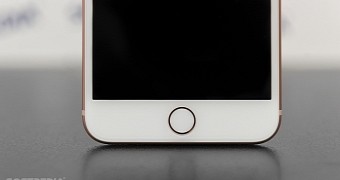After the iPhone 7, which removed the headphone jack, the iPhone X ditches another super-popular feature, this time the home button, in favor of gestures and facial recognition.
And while Apple highly praises this combo, there are lots of people who criticized the company for the change, explaining that the lack of a home button and a fingerprint sensor has a dramatic impact on usability.
Apple’s design boss Jony Ive explained in a recent interview that the decision to ditch the home button was something that the company simply had to do, pointing out that without this change the firm would have been destined to failure.
Ive suggests Apple wants to remain a trendsetter and leader in innovation, and it is expected that more phone makers would copy this approach and launch devices without home buttons and boasting face recognition.
“I actually think the path of holding onto features that have been effective, the path of holding onto those whatever the cost, is a path that leads to failure,” Ive explained. “And in the short term, it’s the path the feels less risky and it’s the path that feels more secure.”
New experience in iPhone X
The change is difficult, Ive admits, especially when it all happens with features that are very popular and which are considered to be among the most successful capabilities of devices.
“It’s not necessarily the most comfortable place to be in when you believe there’s a better way. [Because] that means moving on from something that has felt successful.”
Previously, the home button on the iPhone allowed users to perform several tasks, such as opening the multi-tasking screen, access the home screen, and unlock the device with the built-in Touch ID fingerprint sensor.
On the iPhone X, Apple had to replace all this functionality with gestures that take a while to get used to, including swiping up from the bottom of the screen to go to the home screen. The fingerprint sensor has been replaced completely by facial recognition, with 3D sensing cameras implemented into the front-facing notch to allow for quick authentication.

 14 DAY TRIAL //
14 DAY TRIAL //